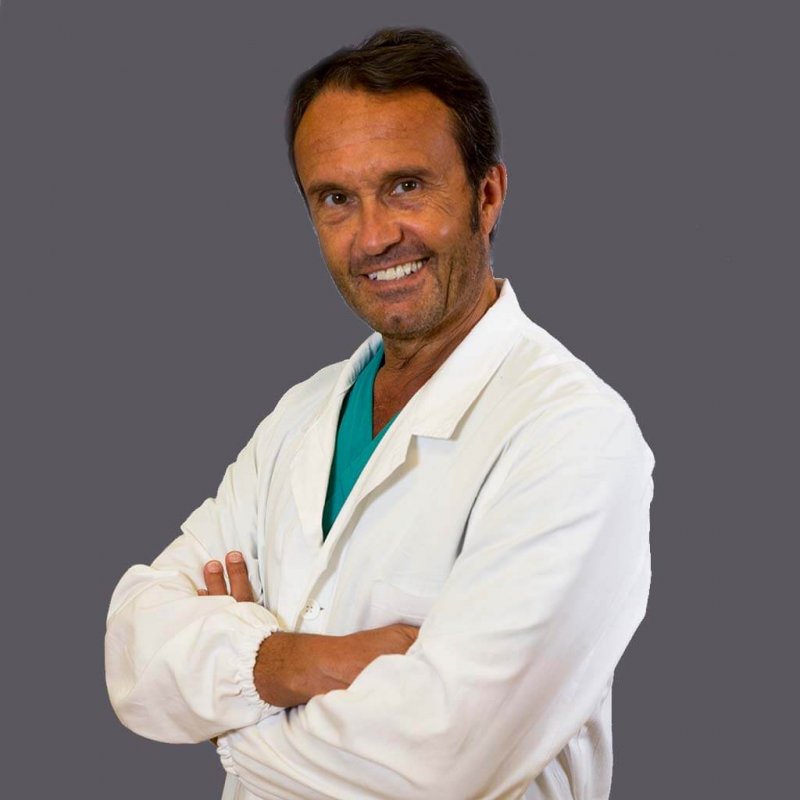Abdominal Wall Hernia: What Is It and How to Treat It

Publication date: 01-03-2024
Updated on: 21-05-2024
Topic:
Estimated reading time: 1 min
Article Author
Eleonora Orioli
Medical Editor
Giampiero Campanelli
Editor and Translator
Viktoryia LuhakovaAbdominal hernia today is one of the most common conditions treated in all operating rooms worldwide. Specifically, the most common abdominal hernias are those in the midline of the abdomen, that is, on the linea alba.
These conditions, while frequent and widespread, demand a super-specialized approach. We delve into this issue with Professor Giampiero Campanelli, Director of the Operative Unit of General Surgery, Day & Week Surgery section of IRCCS Ospedale Galeazzi - Sant'Ambrogio, and Director of Hernia Center di Milano.
它是什么,其原因是什么?
腹部疝气指的是内脏外翻,通常与直肠肌舒张有关,即直肠肌从中央位置拉开,造成腹壁薄弱。
当腹壁出现松弛时,疝气的形成就会伴随着或大或小的腹部畸形。疝气可以是:
- 脐疝
- 上腹
- 脐和上腹联合疝。
男性和女性的这种病理类型可能是由于腹壁组织薄弱造成的,即腹肌的自然舒张倾向。
腹部疝气可在劳损、外伤、腹部手术后出现,对于女性来说,最常见的原因是剖腹产,即所谓的产后腹部松弛。
症状
腹部疝气除了是一个纯粹的外观问题外,还可能导致生理症状,如:
- 腹部疼痛和不适
- 下背部疼痛
- 沉重感
- 有时会出现排尿困难(排尿疼痛或排尿困扰)
我们如何进行干预?
腹部疝气手术是量身定制的手术,根据病理程度和患者的个体差异进行调整。
"腹部疝气手术在很大程度上取决于手术部位的生理结构和性质。例如,在小疝气的情况下,可以在局部麻醉下用小切口进行干预,但在严重得多的情况下,如顶端灾难,就必须采取更重要的行动,并借助先进的仪器进行干预,"教授解释说。
因此,必须求助于具有高度专业性的外科医生,他们的学术和职业生涯都致力于对腹壁的各个方面进行科学和技术研究。
为何转诊至疝气中心?
对于腹股沟疝气或腹部疝气等疾病,必须到专业中心就诊,因为在那里
- 可进行所有类型的手术,治疗所有疝气病症
- 提供所有治疗方案(开腹、腹腔镜、机器人)
如今,在一些专业中心,如圣安布洛乔加莱亚兹医院(IRCCS Ospedale Galeazzi - Sant'Ambrogio),机器人手术可以通过微创程序进行广泛而复杂的修复。
如果还需要整容手术,两种手术可以同时进行。
盖世骨科研究医院内的米兰疝气中心是一个高度专业化的中心,可对腹壁相关病症进行 360° 全方位评估。- 通过客观的检查和对 CT 扫描、核磁共振成像和超声波扫描结果的准确解读,对病症进行诊断,并在诊断阶段就确定是否需要进行某些严重的外科手术。
该中心提供手术前的准备工作,从首次就诊到术后阶段,均以微创和准确治疗为目标。